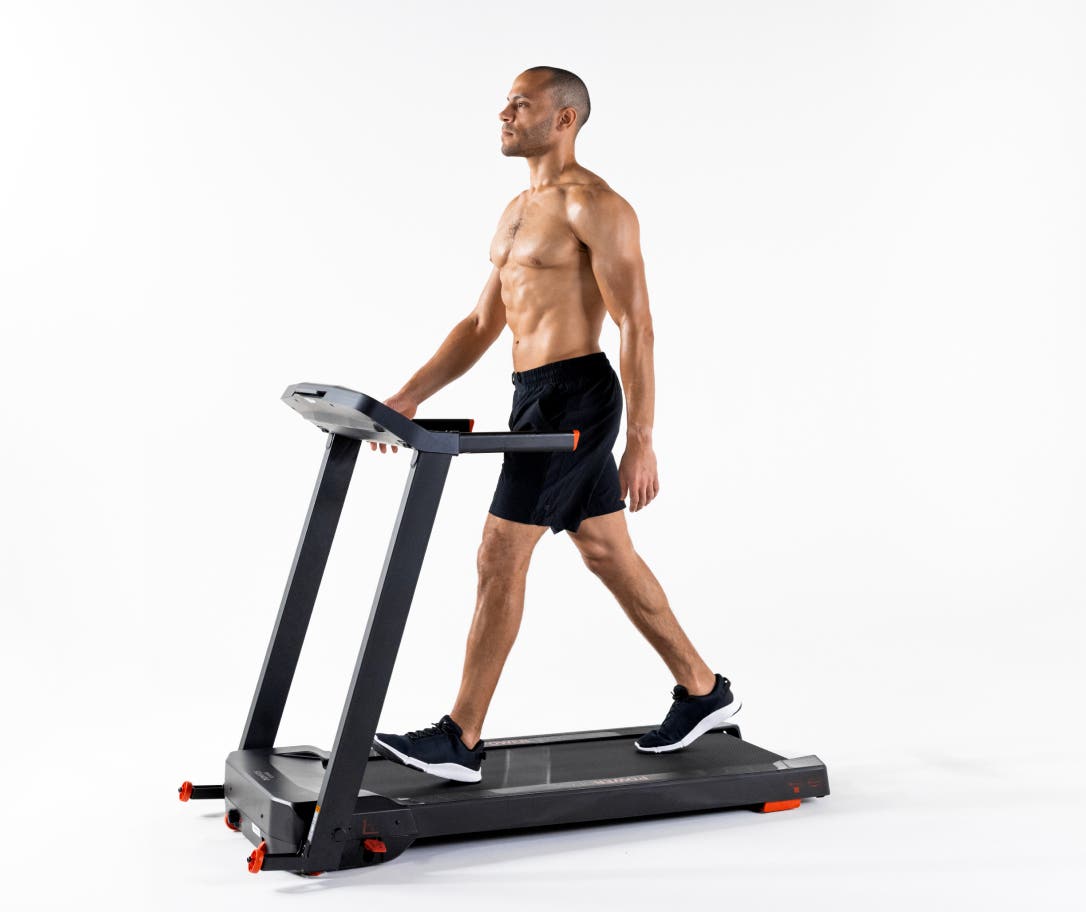Your heart rate measures how many times your heart beats, or the number of contraction cycles, per minute, and it’s regulated by your autonomic nervous system. It’s a value measured by electrical impulses emitted by the heart – or in simple terms, it’s a reflection of how hard your heart is working.
It’s a key indicator of your overall health and fitness, and plays an important role in helping you to reach your fitness goals by supporting a strong cardiovascular system.
But why does your heart rate matter, and should you be tracking it? To track, interpret, and make the most of your heart rate data, it helps to first understand the basics.
Let’s start by going over some key terms.
Heart rate terms guide
| Heart rate | The number of times your heart beats per minute (BPM) and is directly related to how hard your heart is working. |
| Resting heart rate | The number of beats per minute when the body is at rest. |
| Max heart rate | Your heart’s maximum number of beats per minute. This number is highly individual and can vary from person to person. |
| Average heart rate | The average of all beats per minute during a specific period of time. |
| Heart rate recovery | The beats per minute your heart rate drops in the minutes following exercise. |
| Heart rate variability | When the amount of time between heartbeats fluctuates slightly. |
| Heart rate training zones | Five heart rate zones can be estimated from your max heart rate. They are numbered 1-5, with 5 being the highest and most difficult. |
| VO2 max | A quantitative measurement expressed in milliliters of oxygen consumed per kilogram of body weight, per minute. Often correlates with cardiovascular fitness. |
6 factors that influence your heart rate
Your heart rate can vary greatly, especially when it comes to outside stimuli. The most common factors affecting your heart rate include the following:
- Exercise: Physical activity naturally raises your heart rate.
- Caffeine: Increases heart rate and alertness, which is why so many people drink coffee or tea first thing in the morning.
- Stress: Being excited or nervous can elevate your heart rate.
- Medications: Certain drugs, like stimulants, can raise or lower your heart rate
- Illness: Infections, fevers, and other health problems can impact your heart rate.2
- Breath: How you breathe can both increase and decrease your heart rate. Practicing deep breathing exercises, for example, can help slow your heart rate and bring it back to rest.
Training across heart rate zones
Heart rate data is valuable for all types of training and for a wide range of fitness and health goals. The easiest way to use your heart rate data in your workouts is by training across different heart rate training zones, or exercise intensity levels.
Here is a simple breakdown of each heart rate training zone:
| Heart rate training zone | % of Max heart rate | Benefit |
| Zone 1 | 50-60% | Should feel mostly effortless. Often involves warming up or cooling down. |
| Zone 2 | 60-70% | Endurance and distance. Should feel comfortable. Described as “should still be able to carry on a conversation” while in this zone. |
| Zone 3 | 70-80% | Steady-state aerobic cardio. This zone will feel less comfortable, but should still be in a range you can keep up with for at least one hour. |
| Zone 4 | 80-90% | Threshold/tempo work. This zone will test you while also improving power output. |
| Zone 5 | 90-100% | Your all-out max effort. Zone 5 will test lactic acid buildup and anaerobic capacity. You should only be able to keep this pace for 30 seconds to a couple of minutes. |

Using heart rate zones in your training
Tracking and utilizing your heart rate data for your training can benefit everyone – from serious athletes to anyone looking to stay healthy in their daily life. The key lies in matching your training goals with the right heart rate zone.
For example, if you’re training for a marathon, your focus is to run further in less time. To achieve this, you’ll need to build endurance while gradually increasing your overall speed.
Most of your training will take place in Zone 2, the ideal zone for long-distance endurance. By using a smartwatch or other wearable technology that tracks this data in real time, you can monitor your heart rate before, during, and after runs – while adjusting your pace based on the numbers.
On the other hand, training for a football season would look drastically different.
Football is all about quick bursts and sprints. That means your training will focus more on higher intensity, upper heart rate training zones to mimic the type of competition you will face.
By understanding and training within the right zones, you can ensure that your workouts are purposeful in ensuring that you get the right kind of training to help you reach your goals.
How heart rate data can help you reach your goals
Heart rate is an excellent general marker of physical fitness. By measuring your resting heart rate, max heart rate, and tracking how it changes during different exercises, you get a full picture of your healthy heart and overall health.
Once you have that data, it becomes much easier to track your progress and understand how to maintain or improve your current fitness level. Generally, a lower heart rate at rest implies more efficient heart function and better cardiovascular fitness, which may reduce the risk of cardiovascular disease.
So, if you know that a normal resting heart rate for adults ranges from 60 beats per minute to 100, yet you are above that, your goal just became much simpler. Now your training can evolve, and you can make strides towards achieving your goal.
The same goes for any goal you are trying to reach, whether it be VO2, max heart rate, heart-rate variability, or recovery.

The role of recovery in heart rate training
Pushing yourself through different heart rate zones is crucial to improving performance. But you know what’s equally as important? Recovery. Recovery is the foundation of fitness success, from professional athletes to the average Joe.
When you’re training in the higher heart-rate zones, like HIIT, your body enters what is known as the “sympathetic response”.¹ This is also referred to as “fight or flight”.
The sympathetic response maintains your body’s alertness, keeping you ready for what is to come, whether that is a tough set in the gym or a bear chasing you on a trail (hopefully this never happens).
After a tough training day or conditioning session, it’s vital to give your body, mind, and heart time to recover before moving on with the rest of your day.
By intentionally taking the time to lower your heart rate through deep breathing, stretching, or meditation, your mind sends signals to the body to release the proper hormones and transition you into the “parasympathetic response”, otherwise known as relaxation.
If you skip this step, essentially, you will be walking around the rest of the day in a state of high alert, leading to added stress, anxiety, and even trouble relaxing or falling asleep at night. Heart rate is a key tool for effective recovery – so don’t skimp on its benefits.
Let’s recap
Understanding your heart rate and learning to use the data can make a huge difference in your journey to reaching whatever health or fitness goal you strive for.
And its power isn’t just limited to hitting your next PB – it plays a major role in recovery, helping you recharge so you’re ready for the next big challenge.
Finding your personal heart rate zones is a bit of trial and error, but the payoff is worth it. With the right approach, heart rate zone training can take your workouts to the next level, improve your performance, and keep you feeling your best.
Sources
1: Harvard, Health. “Understanding the stress response.” Harvard Health. Accessed 5 June 2023.
2: Harvard, Health. “All about your heart rate.” Harvard Health. Accessed 12 September 2025.